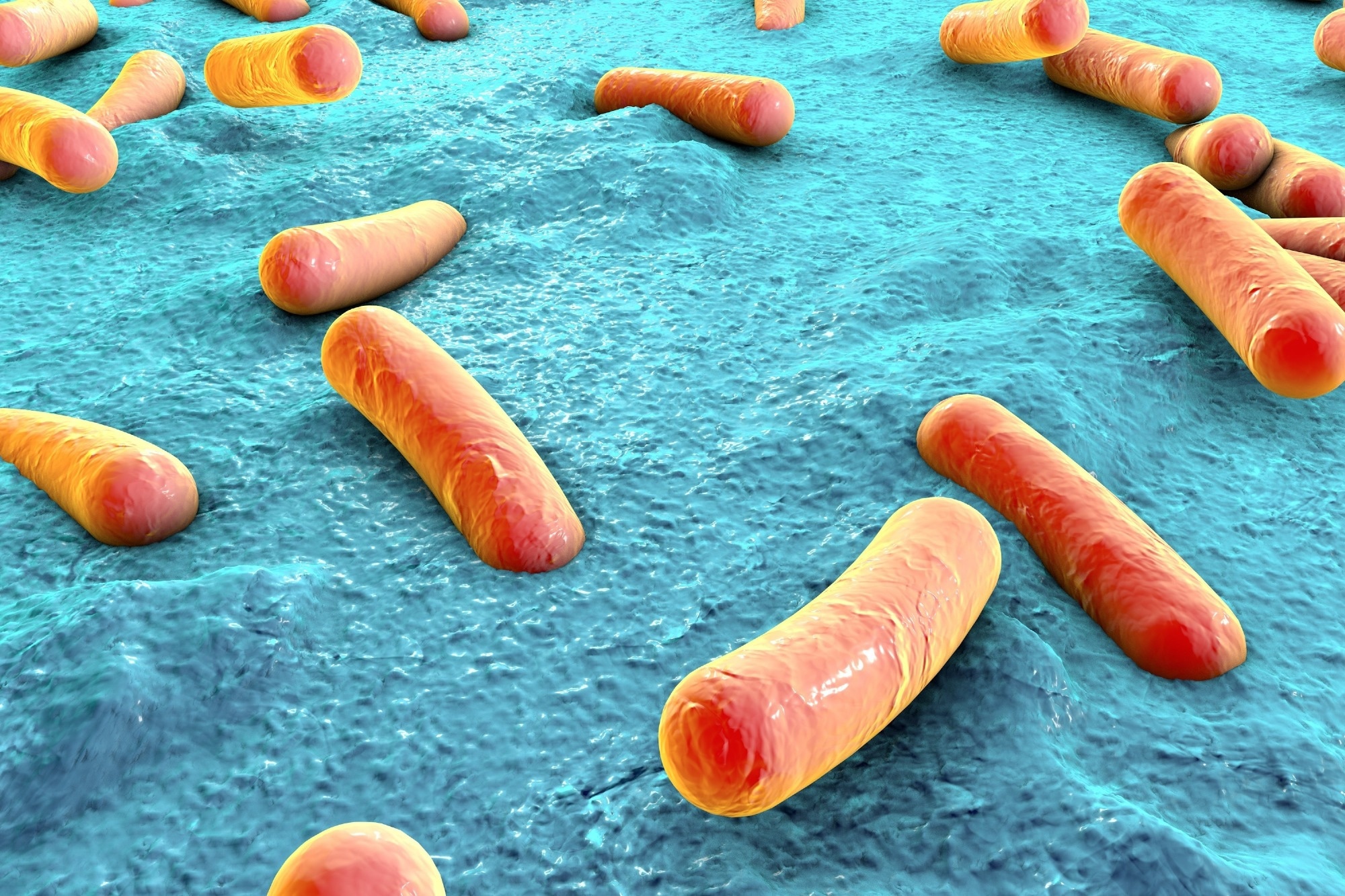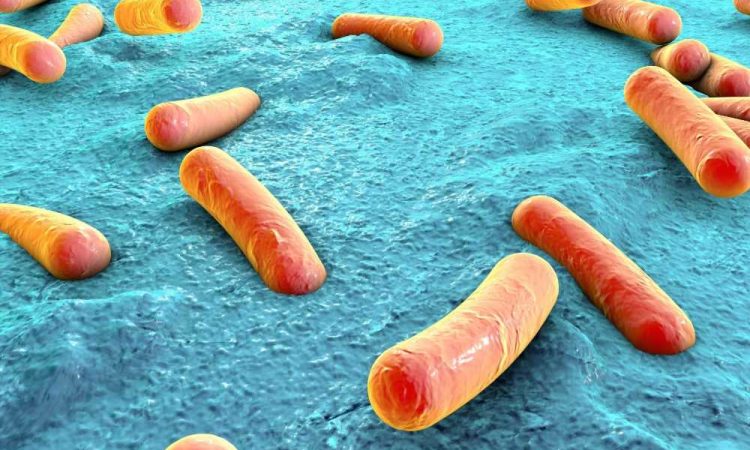In a recent study published in the journal Scientific Reports, researchers explore the transfer of the human microbiome in the built environment.
 Study: Human microbiome transfer in the built environment differs based on occupants, objects, and buildings. Image Credit: Kateryna Kon / Shutterstock.com
Study: Human microbiome transfer in the built environment differs based on occupants, objects, and buildings. Image Credit: Kateryna Kon / Shutterstock.com
The built environment microbiome
The Human Microbiome Project, which involved sampling two skin sites of the retroarticular crease and antecubital fossa, investigated the relationship between humans and their microorganisms. Since the skin is the largest human organ, with hands having the most direct physical touch with objects in the environment, the microbiota of the hand is a logical target of research into the built environment's microbiome.
Although research into the impact of the built environment's microbiome is still in its early stages, recent findings suggest that this biological system can influence occupant health-related outcomes, particularly those linked with mental and physical health.
About the study
In the present study, researchers explore the longitudinal transmission of the hand microbiome to objects present in the built environment using skin microbiome samples obtained from participants. These samples were collected at two time points, including the workplace and at home.
In the workplace study, 22 individuals were recruited, each working in a single-occupant office of roughly the same size in the same building. An investigator swabbed the subjects' dominant palm, entire keyboard, computer mouse, and a one-square-foot portion of desk space once a week for three weeks.
Approximately one month after the office study sampling was performed, a subgroup of participants self-sampled their home environment for three weeks. Samples were obtained from the individuals' dominant palm, bathroom counter, bedroom nightstand, living room floor, and bedroom floor.
Both office and home samples were evaluated for alpha and beta diversity and the relative abundance of various taxa.
Study findings
Compared to other sample types, desk samples had the most extensive alpha diversity. The hand alpha diversity of participants was comparable to the computer mouse but significantly distinct from the desk and keyboard.
Microbial communities detected from participants' hands exhibited the greatest level of similarity to those identified in computer keyboard and mouse samples, as evaluated by weighted UniFrac distance. However, the hand-desk and hand-mouse median weighted UniFrac distances were significantly different.
Skin-associated bacteria were identified as the genera with the highest comparative abundance in the office. Staphylococcus, Streptococcus, and Pseudomonas were the three most prevalent taxa in each sample type.
Bedroom and living room floors had the highest alpha diversity of any sample type. The alpha diversity of the participants' hands differed from that of the bathroom counter or their partner's hand but not from the bedroom floor, nightstand, or living room floor.
The beta diversity of the participants' hands was most similar to their partner's hand and markedly different from that of the living room floor. The ten most frequently identified genera in the home were determined by sample type, with raised surfaces, floor, and skin samples comparable to each other but distinct from other sample types.
For both the office and home, alpha and beta diversity were consistent across the three-week sampling effort. In addition, linear mixed model (LMM) analysis revealed that beta diversity within each individual was consistent during each sampling week at the office and at home.
The microbial communities with the highest stability were found on the computer mouse, while the least stable organisms were detected on the individuals' hands. Likewise, the most stable microbial communities in the home were found on the bathroom counter and nightstand, whereas the least stable communities were identified on the hands.
Microbial transmission was higher in samples in direct and regular contact with the individual. For example, the hand and computer mouse exhibited the most significant degree of microbial exchange. Comparatively, the desk surface was associated with considerably less microbial exchange with the hand microbiome.
Individual differences in microbial transmission to the built environment were observed among participants. In the house, reduced microbial exchange between the subject and built environment was observed as compared to office samples. The microbiome of the participants' hands was most comparable to that of the nightstand and least similar to the bathroom counter.
Conclusions
Microbiota stability was observed in both the office and home settings; however, this stability was not found across the two environments. Furthermore, objects and surfaces from the built environment that were in more frequent contact with the occupants exhibited more microbial similarities to occupants' hands as compared to those in less frequent contact.
- Hoisington, A. J., Stamper, C. E., Bates, K. L., et al. (2023). Human microbiome transfer in the built environment differs based on occupants, objects, and buildings. Scientific Reports 13(1); 1-10. doi:10.1038/s41598-023-33719-6
Posted in: Medical Science News | Medical Research News
Tags: Bacteria, Foot, Microbiome, Research, Skin

Written by
Bhavana Kunkalikar
Bhavana Kunkalikar is a medical writer based in Goa, India. Her academic background is in Pharmaceutical sciences and she holds a Bachelor's degree in Pharmacy. Her educational background allowed her to foster an interest in anatomical and physiological sciences. Her college project work based on ‘The manifestations and causes of sickle cell anemia’ formed the stepping stone to a life-long fascination with human pathophysiology.
Source: Read Full Article
